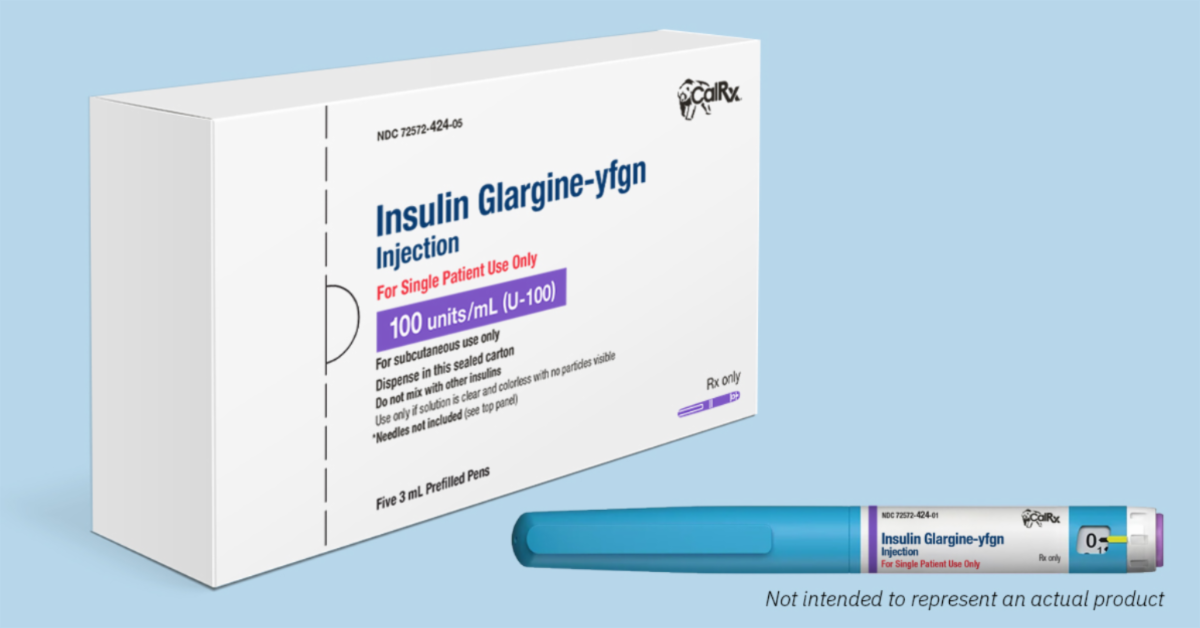California to Begin Selling Low-Cost Insulin on January 1

California will begin selling low-cost insulin on January 1, nearly three years after Governor Gavin Newsom announced a plan to make life-saving drugs more affordable for people with diabetes.
The state-produced insulin, sold under the CalRx brand, will be available at a recommended price of $11 per pen or $55 for a pack of five.
The initiative is part of a partnership between the state and Civica, a nonprofit organization that manufactures the medication.
“You don’t need a new prescription,” Newsom said during a press conference. “This is about access based on affordability.”
The new CalRx insulin will function as a generic version of glargine, a once-daily injectable that helps control blood sugar levels.
A comparable five-pack of Eli Lilly’s Rezvoglar sells to pharmacies for around $88, according to the governor’s office, although patient costs vary depending on insurance coverage.
California signed a 10-year agreement with Civica and Biocon Biologics, based in India, in 2023 — investing $50 million in insulin development and another $50 million for a future manufacturing facility. That program could save patients between $2,000 and $4,000 per year, and also generate additional savings for the state, which purchases insulin for millions of residents covered by public health plans.
About 38 million Americans live with diabetes. The cost of insulin has long been a major financial strain, especially for uninsured individuals.
Impact on Latino populations
The new pricing initiative could be especially meaningful for Latino (Hispanic/Latino) Californians — a group that faces disproportionately high diabetes risk and associated barriers:
-
Nationally, Hispanic/Latino adults in the U.S. have a higher prevalence of diabetes than non-Hispanic whites.
-
In one U.S. Hispanic/Latino cohort, the diabetes prevalence was about 17% among Mexican-heritage individuals. In California specifically, among Latino adults age 50 and over, nearly 19.7% reported having diabetes — nearly twice the rate for white adults (10.1%). UCLA Center for Health Policy Research
-
In the California border region: 12% of Latinos had ever been diagnosed with diabetes, compared with 8% of non-Latino whites. CDPH
-
Estimates show that in California more than 46% of all adults have either pre-diabetes or undiagnosed diabetes, with rates especially high among young Latino adults (18-39) in particular. PubMed+1
Given that California’s population is about 40% Latino, and that this group faces elevated risk and cost burdens, the new affordable insulin plan could directly benefit hundreds of thousands of Latino individuals living with diabetes in the state. For example, if ~6% of Latino adults in California (as earlier data from 2001 showed) reported diagnosed diabetes, and more recent data suggests much higher for older age groups, the absolute number easily runs into the several-hundreds of thousands given the size of the Latino adult population. (Exact numbers will vary depending on updated survey data.)

